Getting vaccinated while on immunosuppressants isn’t just about when you schedule the shot-it’s about whether it works at all. If you’re taking drugs like rituximab, methotrexate, or azathioprine for rheumatoid arthritis, lupus, or after an organ transplant, your immune system is already playing defense with one hand tied behind its back. Vaccines need a strong, responsive immune system to build protection. But if you get vaccinated at the wrong time, your body might not respond enough to make the vaccine useful. And if you delay it too long, you could be left exposed to preventable diseases like flu, pneumonia, or shingles.
Why Timing Matters More Than You Think
It’s not enough to say, “I got my flu shot last year.” For people on immunosuppressants, vaccine protection fades faster, and the body’s ability to respond depends heavily on when the shot was given relative to the last dose of medication. A study from the Journal of Clinical Oncology in 2023 found that patients who received mRNA vaccines within two weeks of starting chemotherapy had antibody levels 60% lower than those vaccinated before treatment began. That’s not a small difference-it’s the difference between being protected and being vulnerable.
The same applies to biologics. Rituximab, for example, wipes out B-cells-the very cells that make antibodies. If you get a vaccine while those cells are still gone, your body can’t respond. Waiting six months after your last rituximab dose isn’t just a suggestion-it’s based on real data showing antibody responses only start to recover after that point. One patient in Massachusetts General Hospital’s 2023 report got shingles during the six-month wait. That wasn’t bad luck. It was a consequence of timing.
What the Guidelines Actually Say (And Why They Confuse Doctors)
You’ll hear different advice from your rheumatologist, oncologist, and primary care doctor-and they’re all technically right. That’s because the guidelines don’t all match up. The CDC says wait at least 14 days before starting immunosuppressants. The American Society of Hematology says 2 to 4 weeks. The American College of Rheumatology (ACR) says hold methotrexate for two weeks after a flu shot, but wait six months after rituximab for any vaccine except flu. Meanwhile, the European League Against Rheumatism says seven to ten days is fine for biologics.
Here’s what the major groups agree on:
- Get vaccines before starting immunosuppressants if possible.
- Don’t get live vaccines (like MMR, varicella, or nasal flu) while on immunosuppressants-your body could react dangerously.
- For non-live vaccines (like Pfizer, Moderna, flu shot, pneumococcal), timing matters more than you think.
But the differences? They matter. A 2023 survey in the Journal of Rheumatology found 68% of rheumatologists felt unsure how to apply ACR guidelines in real cases. One doctor might hold methotrexate for two weeks. Another might not, because the patient’s arthritis is flaring. That’s why personalized timing is becoming the new standard.
Medication-Specific Timing Rules You Need to Know
Not all immunosuppressants are the same. Some mute your immune system briefly. Others wipe it out for months. Here’s what the latest guidelines say for common drugs:
Methotrexate
Hold for two weeks after your flu shot. That’s the only medication where this is strongly recommended-and it works. Three clinical trials showed a 27% increase in antibody response when patients paused methotrexate. Don’t stop it for other vaccines unless your doctor says so. For shingles or pneumonia shots, you can usually keep taking it.
Rituximab (and other B-cell depleters)
Wait at least six months after your last dose before getting any non-flu vaccine. For flu, the CDC says three months is acceptable if community transmission is high. Why? B-cells take months to rebuild. If you vaccinate too early, you’ll get a false sense of security. A 2022 study in Annals of the Rheumatic Diseases showed only 12% of patients vaccinated within three months of rituximab developed protective antibodies to pneumococcus. After six months? That number jumped to 68%.
TNF Inhibitors (Humira, Enbrel, Remicade)
Hold for one dosing interval before vaccination. Resume four weeks after. This applies to all TNF blockers. The goal is to give your immune system a short window to respond without letting your disease flare.
IVIG (Intravenous Immunoglobulin)
This one’s tricky. IVIG contains antibodies from donors, which can interfere with live vaccines. If you get 300-400 mg/kg, wait eight months before a live vaccine. For 1 g/kg, wait ten months. For 2 g/kg, wait eleven months. After any live vaccine, hold IVIG for four weeks. The same rules don’t apply to non-live vaccines-you can get those anytime.
Other Drugs (Azathioprine, Mycophenolate, Cyclophosphamide)
You can usually keep taking these for non-live vaccines. But if you’re getting a live vaccine, stop them four weeks before and four weeks after. For IV cyclophosphamide, hold for one dosing cycle before and resume four weeks after.
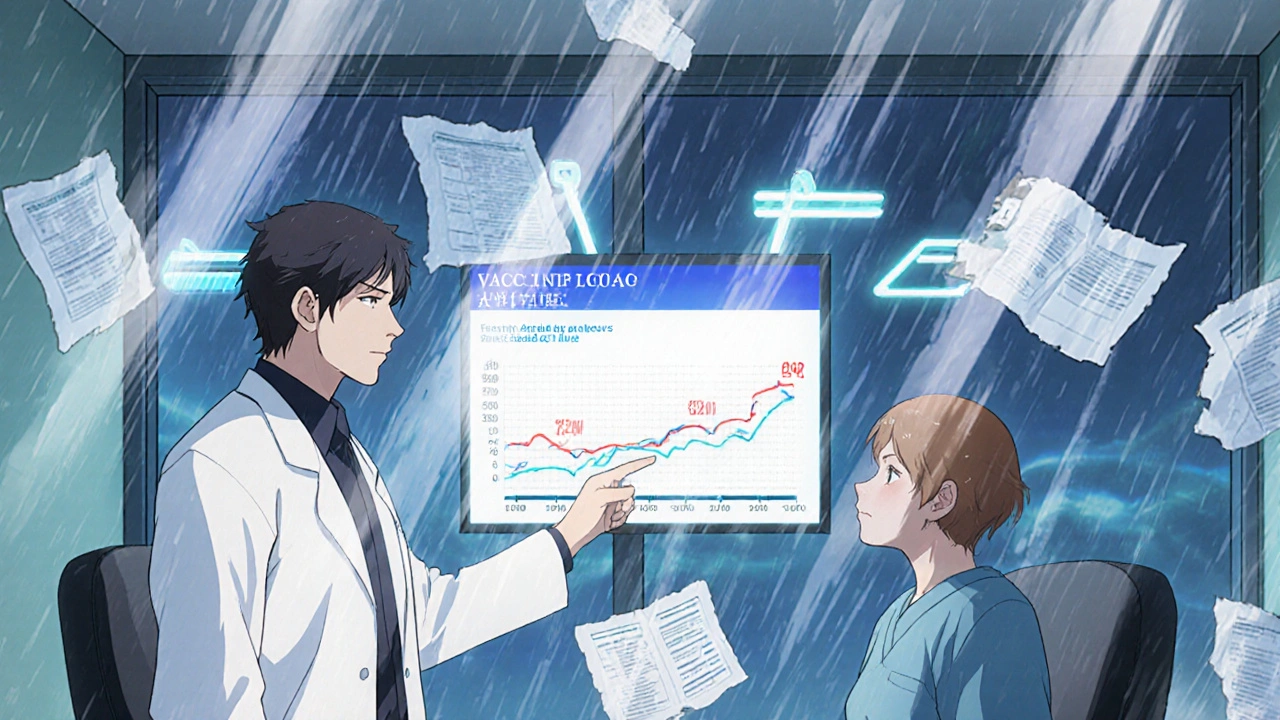
What About the New Science? Biomarkers Are Changing the Game
The old way-waiting six months after rituximab no matter what-is starting to look outdated. The IDSA’s 2025 draft guidelines now recommend checking your B-cell count. If it’s above 50 cells/μL, you’re likely ready for a vaccine. That’s a big shift. Not everyone rebuilds their immune system at the same speed. A young person on low-dose rituximab might recover faster than an older patient on high-dose therapy.
The NIH’s VAXIMMUNE study, which started in 2023 and will finish in late 2024, is testing whether measuring immune markers like T-cell counts, antibody levels, and lymphocyte recovery can replace fixed waiting periods. Early results suggest personalized timing could cut the risk of vaccine failure by nearly half.
And it’s not just research. Epic Systems, the biggest electronic health record company in the U.S., is rolling out a vaccine timing tool in 2025. It’ll automatically flag when a patient on immunosuppressants is due for a vaccine-and tell the doctor the optimal window based on their exact meds.
Real Problems Real People Face
One Reddit user wrote: “I waited six months after rituximab for the shingles vaccine. Got shingles anyway. My doctor said it was unavoidable.” That’s heartbreaking. And it’s not rare. In a 2023 quality report from Massachusetts General, 18% of patients on rituximab got vaccine-preventable diseases during their waiting period.
But there are wins too. A patient on chemotherapy in Melbourne got her flu shot three weeks before her first chemo cycle. She hasn’t had the flu in three years-even with low white blood cell counts. That’s because she timed it right.
The problem isn’t just medical. It’s logistical. The average time a doctor spends figuring out vaccine timing for one patient? 22 minutes. That’s not counting the calls to specialists, checking lab results, or waiting for pharmacy records. Most primary care providers say they don’t have access to rheumatology or oncology guidance when they need it.
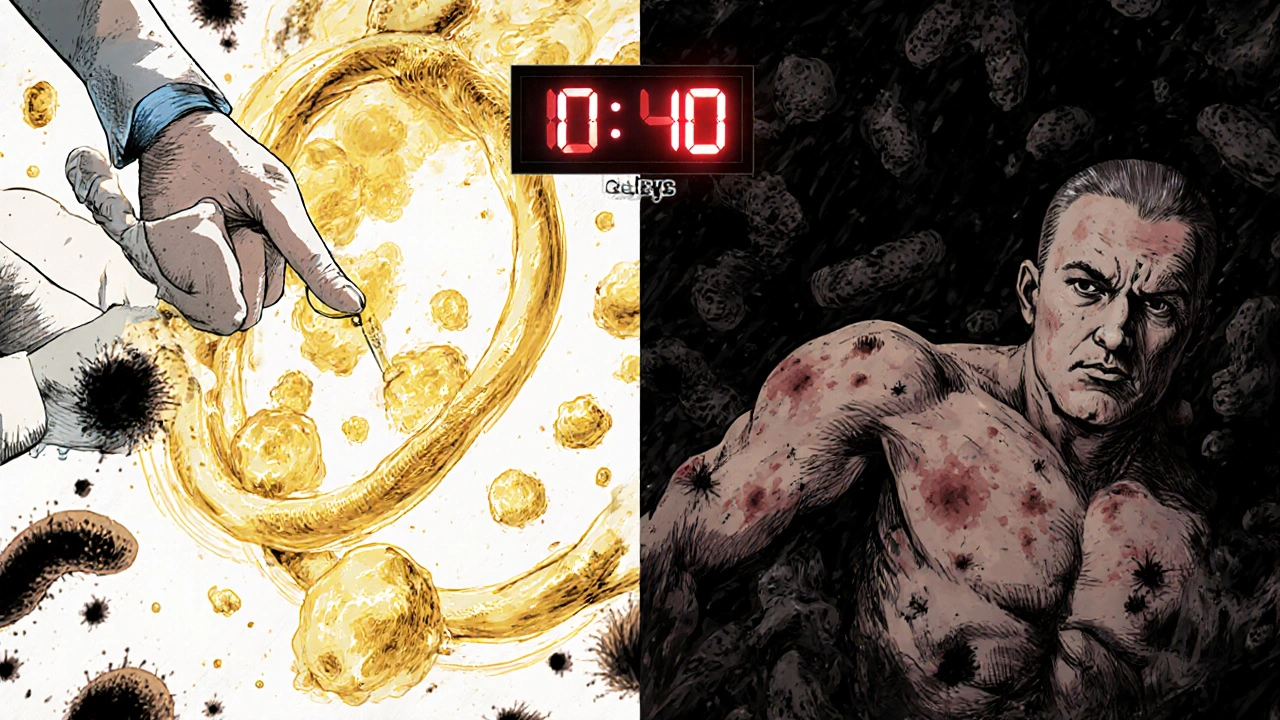
What You Should Do Right Now
Don’t wait for your next appointment. Take action:
- Make a list of every medication you take, including doses and last administration date.
- Check which ones are immunosuppressants. Common ones: methotrexate, azathioprine, mycophenolate, rituximab, TNF blockers, cyclophosphamide, IVIG.
- Call your specialist’s office. Ask: “When is the best time for me to get my next vaccine based on my current meds?”
- Ask if they use the ACR 2022 guidelines or the newer IDSA 2025 draft. If they don’t know, ask them to check.
- Request a copy of your latest blood work-especially B-cell and lymphocyte counts. That data might change the timing.
If you’re scheduled for a new immunosuppressant soon, get your vaccines done before you start. Don’t assume your doctor will bring it up. Most don’t. In a 2023 survey by the American Academy of Family Physicians, 47% of primary care providers said they didn’t know how to time vaccines for patients on immunosuppressants.
What’s Coming Next
The future isn’t fixed waiting periods. It’s personalized timing. Within five years, your doctor might not ask “When was your last rituximab dose?” Instead, they’ll ask: “What’s your CD19 count?” or “Did you get your antibody titers checked?”
That’s good news. It means vaccines will work better for more people. But until then, the safest bet is still this: get vaccinated before you start immunosuppressants. If you’re already on them, know your meds, know your numbers, and don’t accept “we’ve always done it this way” as an answer.
Can I get the flu shot while on methotrexate?
Yes, you can. But for the best response, your rheumatologist may recommend holding methotrexate for two weeks after the shot. This isn’t needed for every vaccine-just the flu shot. Studies show this boosts antibody production by 27%. If your arthritis is stable, ask about pausing it temporarily.
How long after rituximab should I wait for the shingles vaccine?
Wait at least six months after your last rituximab dose. The shingles vaccine (Shingrix) is non-live, but your body still needs time to rebuild B-cells to respond. Getting it too early means the vaccine won’t work. Some patients get shingles during this waiting period-that’s why planning ahead is critical. If you’re due for the vaccine soon, talk to your doctor about checking your B-cell count first.
Are live vaccines ever safe for people on immunosuppressants?
Generally, no. Live vaccines like MMR, varicella (chickenpox), and the nasal flu spray can cause infection in people with weakened immune systems. If you need one, it must be given at least 4 weeks before starting immunosuppressants. If you’re already on them, don’t get live vaccines unless your doctor says it’s safe based on your specific immune status.
Can I get vaccinated during chemotherapy?
It’s possible, but timing matters. The best time is 2-4 weeks before starting chemo. If you’re already in treatment, wait until your white blood cell count rebounds-usually between cycles. Oncologists often schedule vaccines during the “plateau” phase of chemo, when your immune system has recovered a bit. Don’t get vaccinated during the low point after a chemo infusion.
What if I missed the window to get vaccinated before starting immunosuppressants?
You’re not out of options. Get vaccinated as soon as it’s safe after starting treatment. For most non-live vaccines, wait at least 3 months after starting or 1 month after finishing. For B-cell depleting drugs like rituximab, wait 6 months. Your doctor may also check your antibody levels after vaccination to see if you responded. If not, you might need a booster or additional doses.


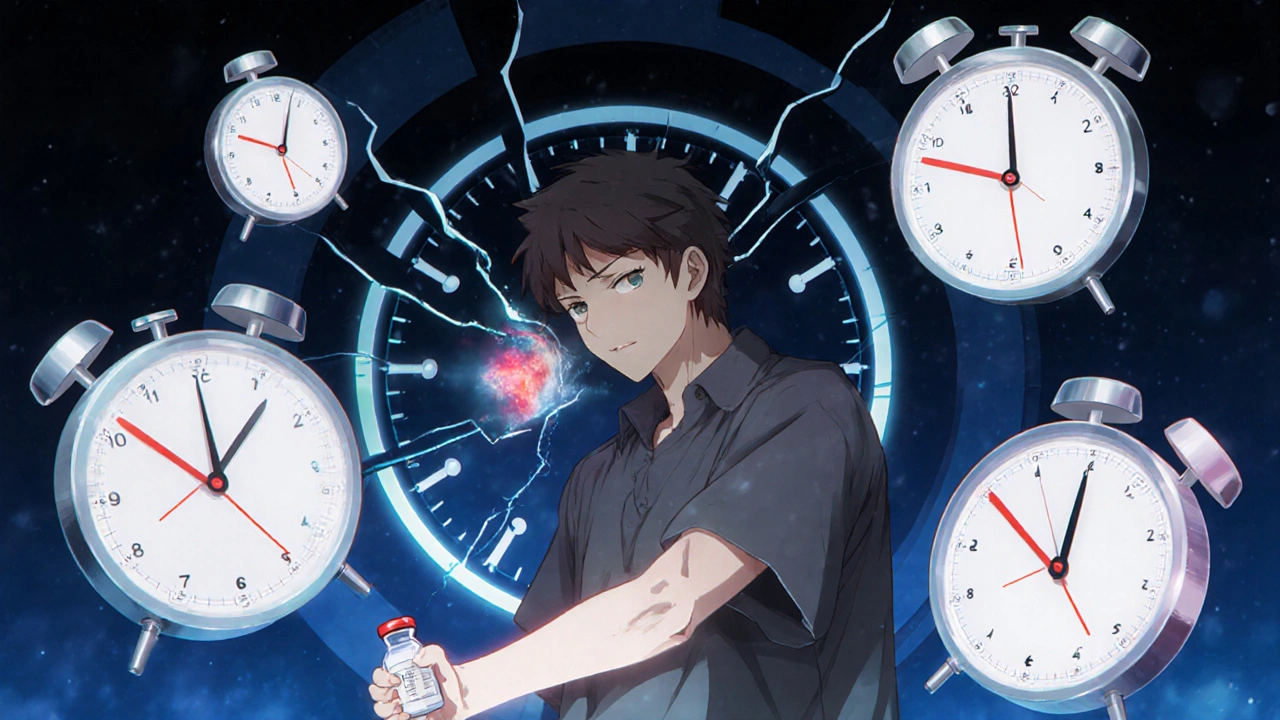

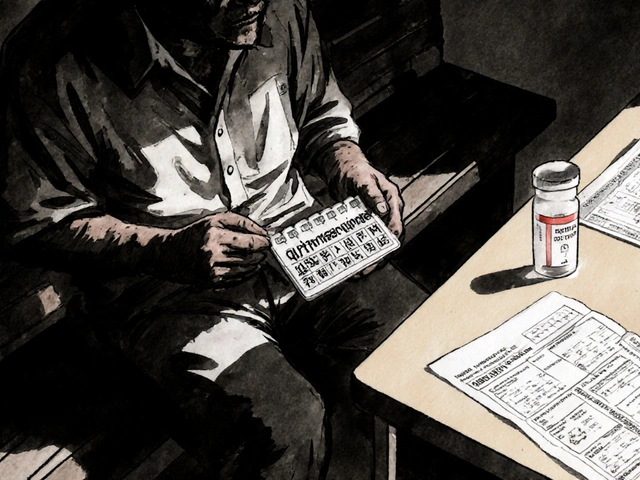

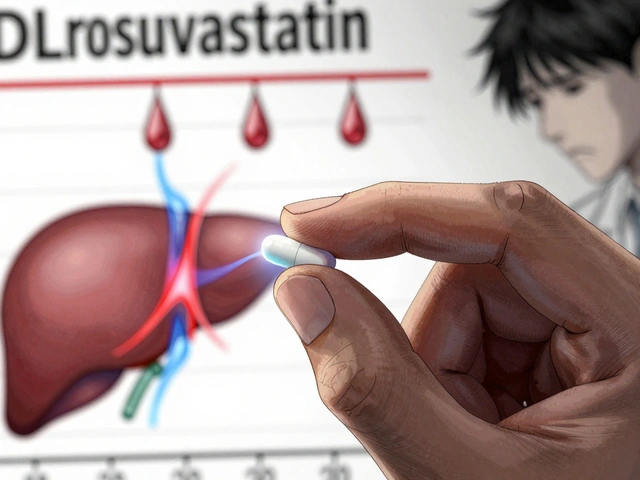
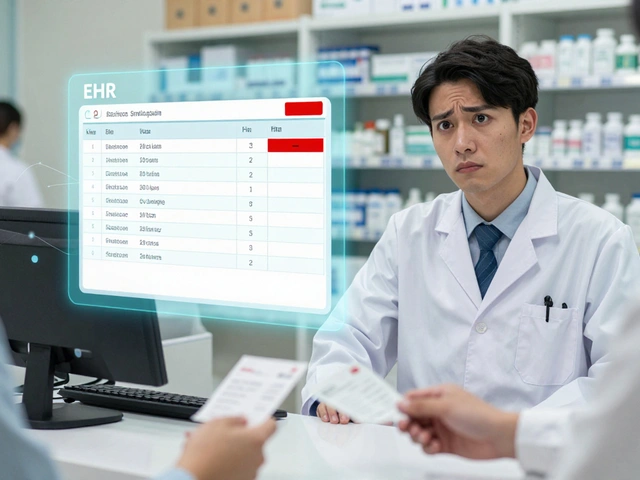
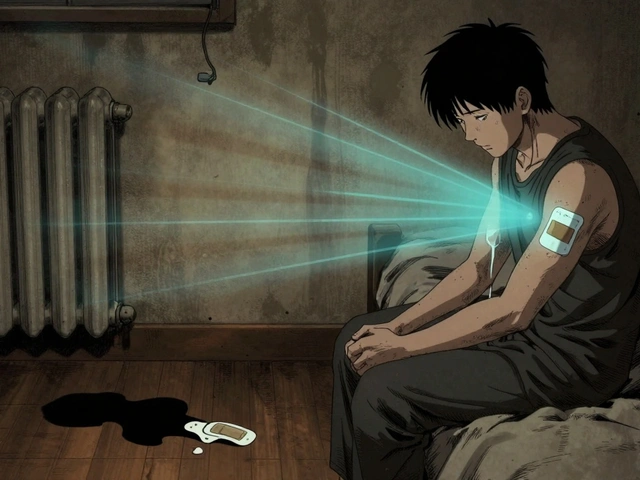
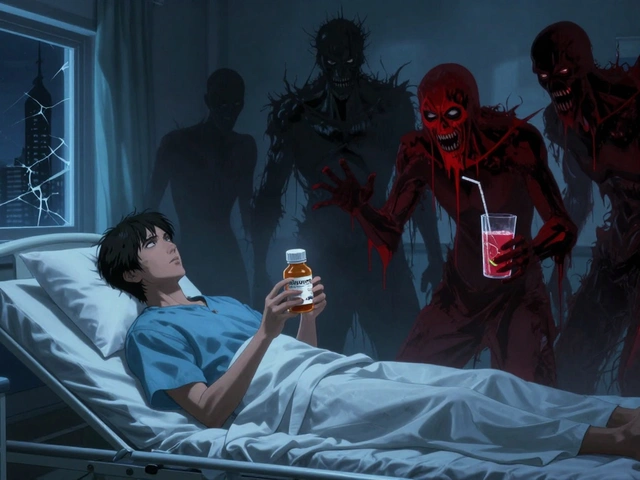
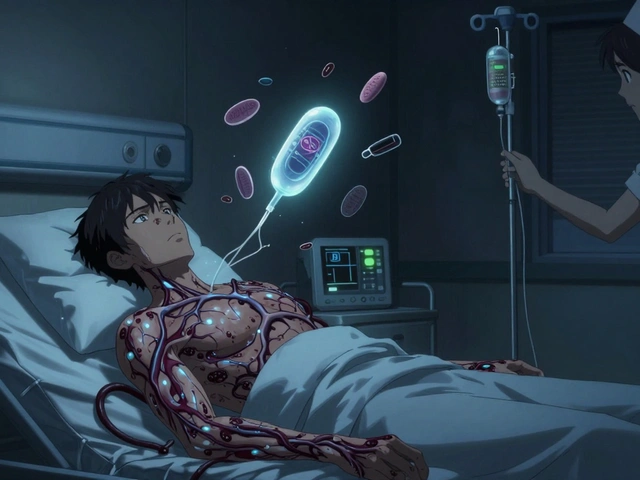
Rusty Thomas
19 Nov 2025 at 19:10I got my shingles vaccine 5 months after rituximab and STILL got shingles. My doctor said it was "unavoidable." Unavoidable?? Then why are we even bothering with vaccines if they don't work?? I'm just saying. 🤦♀️